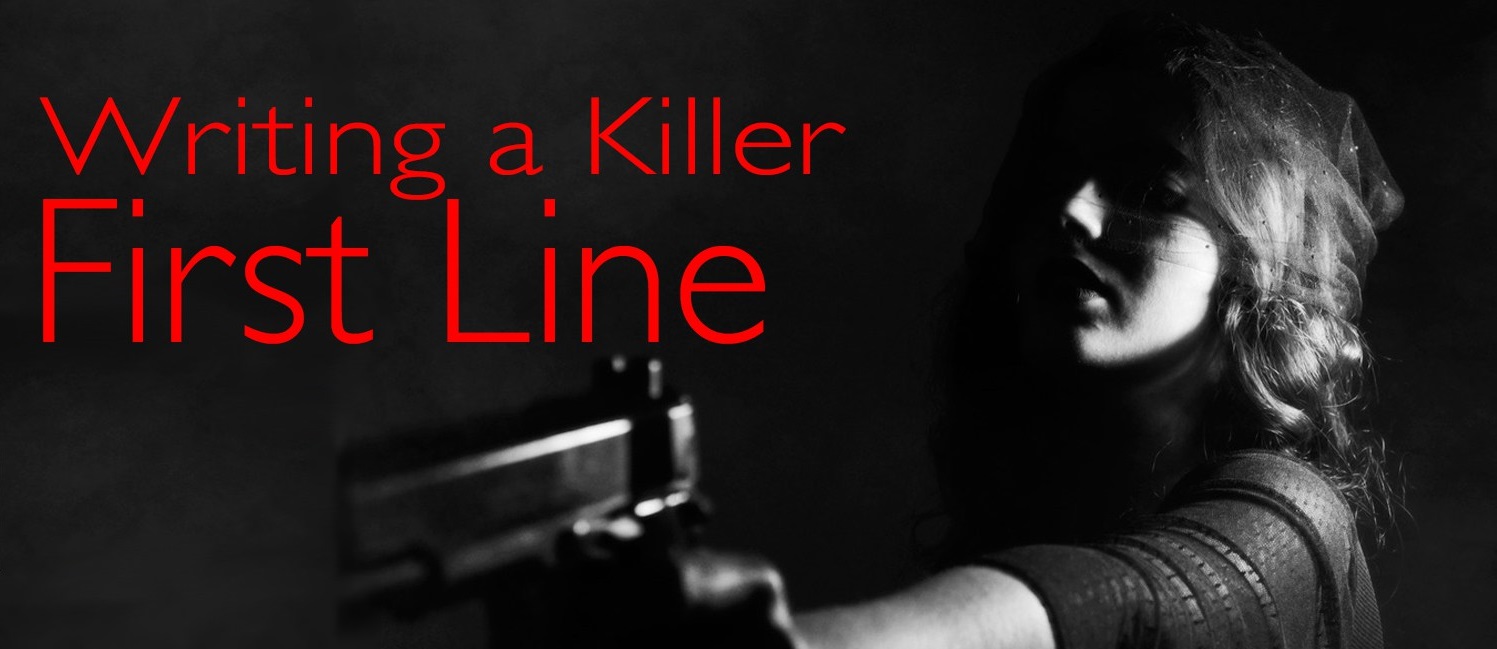Helpful Tips How to Start a College Essay
All of us have periods of ups and downs when we are more or less productive. You shouldn’t despair if you can’t write a college application essay for the reason that you have no ideas how to start it. After reading this article, you will be convinced that a strong beginning of the essay is just one more writing skill you can and should sharpen.
Frankly speaking, there are a lot of effective college essay tips that may be used by students, but before considering them it’s necessary to talk about the role of personal statements in the process of entering college. The answer is pretty simple – in the essay you introduce your personality and background to the admissions officer, but you also have to impress this person and make him/her remember you. For that your words should be polite and atypical, but be careful and don’t overdo.
The next question concerns the introduction and its great importance in the general structure of the essay. The beginning of college essay format may be compared with bait – the better it is prepared, the bigger landings you will get. The key point is to grab reader’s attention; otherwise the rest of your paper may be unworthily appreciated. Of course, it may not occur, and in order to avoid such cases I recommend you to read the information below, as it includes only the most crucial points how to start a college essay.
The Introduction and Its Components. Similar to the structure of the essay that encompasses in addition to the beginning, also the body and the conclusion, the introduction should include three compulsory points:
- Killer first line;
- Detailed and lucid description of the story from your life;
- Pivot towards wider essay questions.

The aim of the killer first line is to catch attention and intrigue the reader what is going next. The second component – the description – shouldn’t be very long, but at the same time should contain details concerning your feelings and senses, so you can immerse the reader in your text. The third point is especially important, as it’s a bridge that connects the short part with your insight and explanation how this or that experience influenced your personality, and what conclusions you made for yourself.
How Should You Write the Introduction? My personal writing experience shows that, first of all, you shouldn’t hurry. It may sound a little bit strange, but first of all, it’s better to deal with the general idea of the essay. For that you have to figure out what story you want to present, and how it will reveal your background and traits, and only after that you can think of the powerful first sentence, the final version of your short experience story and the appropriate pivot to gradually move from the beginning to the main body. If you stuck with a topic, you may go through the best college essay examples prepared by the students of famous universities. In particular, every year John Hopkins University publishes the most excellent papers of the applicants on its website. Another possible solution is to consume one of college essay prompts offered by the Common Application that also provides users with all necessary information concerning admission campaign. You may also have a look at the Common App 2017-2018 prompts here.
How to Write the Introduction. This part of the essay traditionally covers a little less than half the entire text of the essay, that’s why you should count on the number of words and include three essay components described above. You can imagine that you tell your story to friends or any other person you know. Such method is acceptable for those who want to improve their style of storytelling. It’s better to record yourself and listen to it later; in that case you will see whether everything in your story is clear, whether it’s logically built or not, maybe you should add some specific details and so on.
- The First Sentence. It is aimed to make the audience curious and interested in what will happen next. The sentence should create a picture of some situation, and the readers would like to see the end of the story. For that it’s possible to use quoted direct speech, short sentences with grabby details, direct question to your reader or even life lessons learned from the story.
- Description of the Story. For writing this part you need to follow the principle showing not telling. It may be achieved by means of offering a huge number of details, showing the seriousness of the described situation and, of course, using rich and complex vocabulary.
- The Pivot Sentence. To be more precise the pivot covers more than one sentence, but 2-3 are enough. This is a transitive part in which you move from small to big things, from one particular episode of your life to your outlook in general. Traditionally the pivot involves the transition to the other part (usually called signposting) that may be done in the following ways – to make a parallel between described experience and others, to broaden of the time frame, to underline and focus on one essential attribute.


